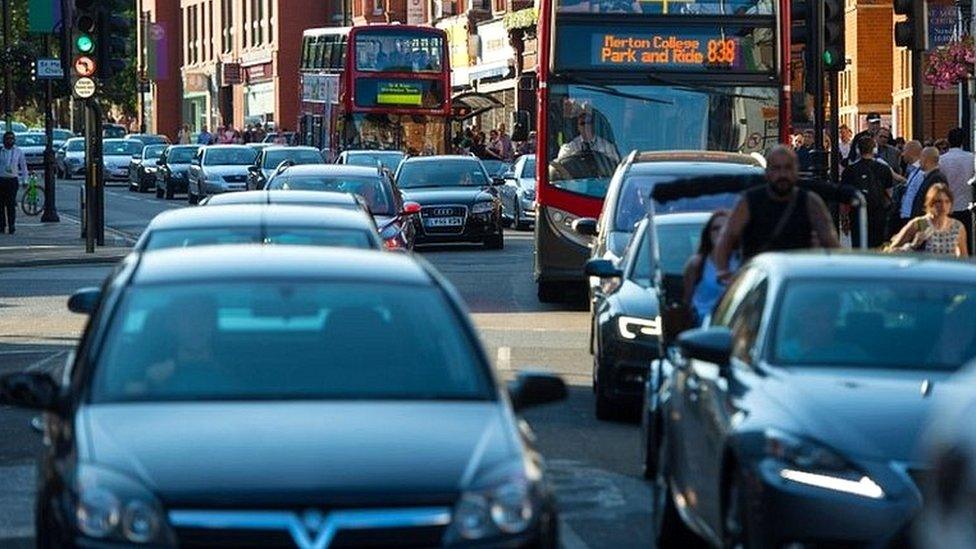ULEZ: The politics of London's air pollution
- Published
- comments
London's ULEZ: What you need to know
In a lab at King's College University, Dr Gary Fuller shows me filters from the pollution monitoring stations in Earl's Court, west London.
The monitors replicate what we are breathing in. The filters within them go out white and return at the end of the day pitch black.
It is truly sickening.
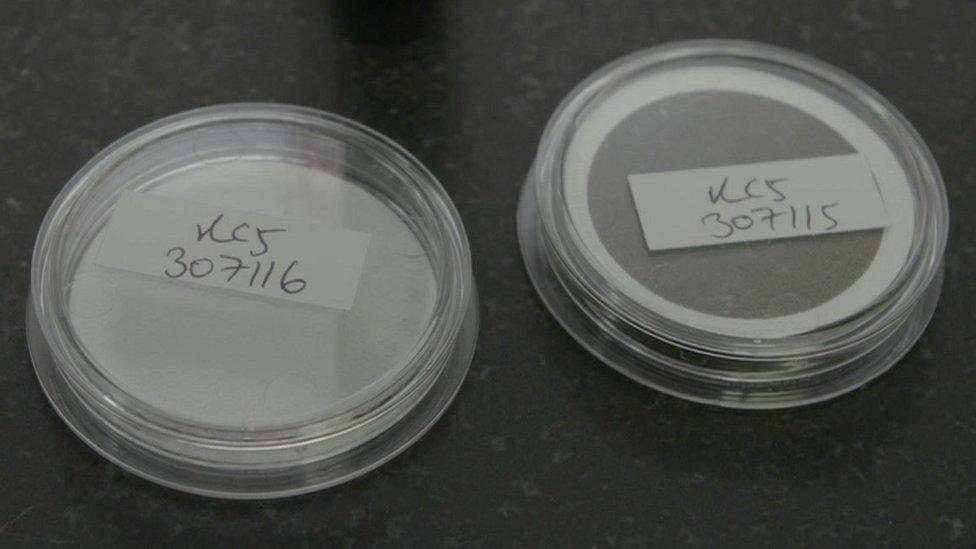
An unused filter on the left, compared with a used one on the right
You can't see the pollution we breathe in London but it is there. Dr Fuller calls it the invisible killer and the capital's air pollution levels regularly breach World Health Organisation (WHO) limits.
The start of the Ultra Low Emission Zone (ULEZ), external on Monday, will mean some people driving older, more polluting cars having to pay to drive into central London.
You can check if your vehicle or motorbike complies using the checker here., external
At the moment it is one of the most radical anti-pollution schemes in the world. The ULEZ aims to cut pollution in central London by 15% and more broadly by 4%.
But it is not alone - other cities like Paris and Athens are planning diesel bans.
And Rome, for example, allows no vehicles at all in its old town Piazza del Popolo.

Other cities also have low emission zones, but exempting only Euro 6 diesels from being charged puts London in the vanguard.
The scheme is expected to make Transport for London (TfL) £220m a year. But City Hall says it will not get any revenue from the ULEZ once operating and set up costs are taken into account and it is about changing driver behaviour.
But some people wonder whether it will really deal with pollution as there are so many non-compliant vehicles.
There is also some anger from small businesses that the mayor of London has brought the scheme forward a year.

London's air pollution regularly breaches WHO health limits
Crucially, this is really just one step on the road to a much larger ULEZ in 2021.
That zone will take in the whole area within the North and South Circulars and cover 3.8 million Londoners.
And it will be much more controversial.
If you go into the suburbs it doesn't take you long to find disgruntled drivers who are annoyed that they may have to buy a new car, particularly as they were encouraged to buy them by previous governments to cut carbon emissions.
There's also not much detail at the moment about how the larger zone will be implemented.
The ULEZ zone in central London uses the congestion zone cameras.
The cordon for a similar scheme on the North/South Circular border would cost a lot more.
Conservatives on the London Assembly say it could cost £700m.
The Tories certainly think this could be a mayoral election issue and say the costs outweigh the benefits in the suburbs, where lots of areas don't have a pollution problem.
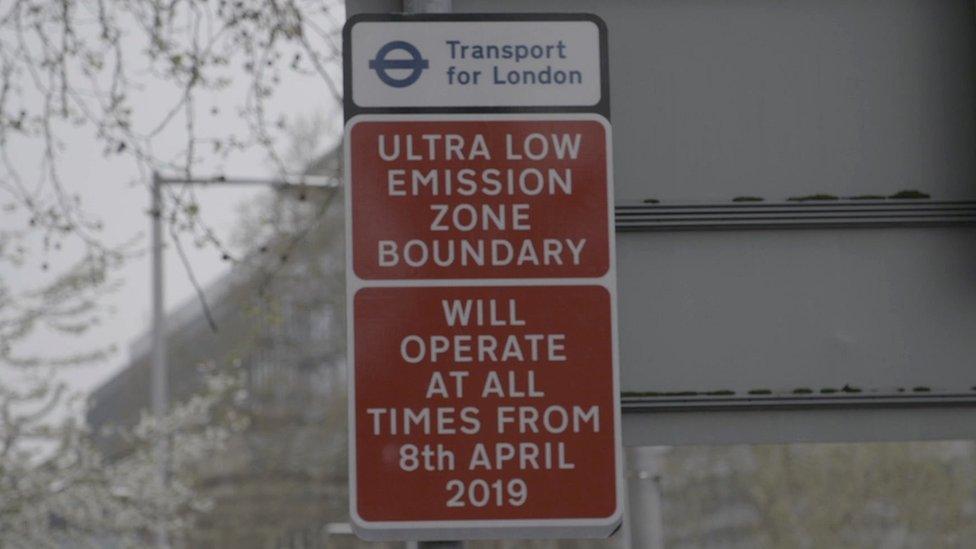
The scheme is expected to make Transport for London (TfL) £220m a year
On the other hand, clean air campaigners like Simon Birkett - whom many credit with coming up with the ULEZ principle - do not think it goes far enough.
He wants a complete diesel ban. The growing number of parent groups like Mums for Lungs are also pushing for the mayor to do more.
And Caroline Russell of the Assembly's Green Party wants the ULEZ extended to the M25.
And while City Hall concedes it can't please everyone, you can tell they are nervy about the expanded ULEZ.
Could it mean exemptions, tinkering or even a delay? Or will Sadiq Khan stick to his plan?
- Published26 March 2019
- Published14 January 2019
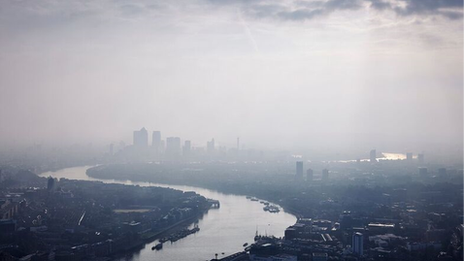
- Published15 November 2018
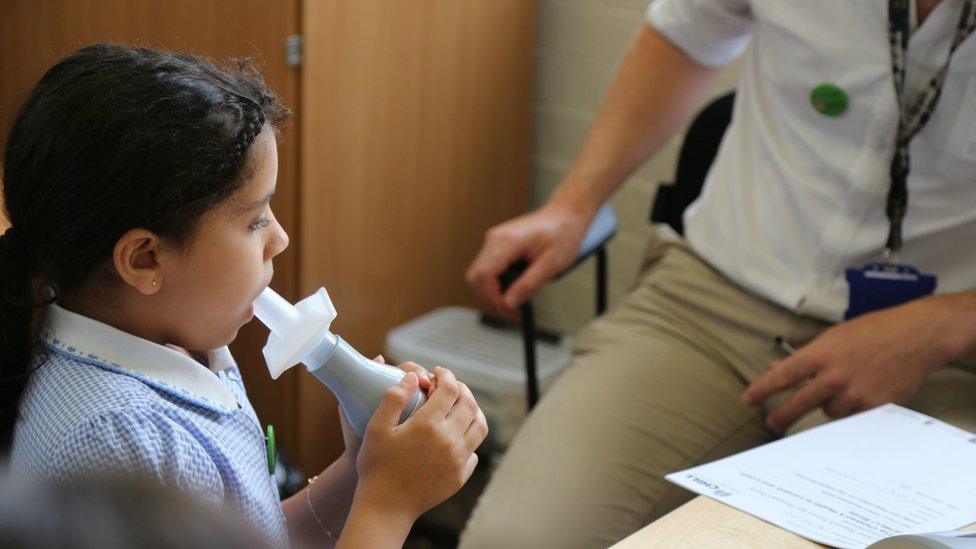
- Published3 July 2018

- Published30 November 2017
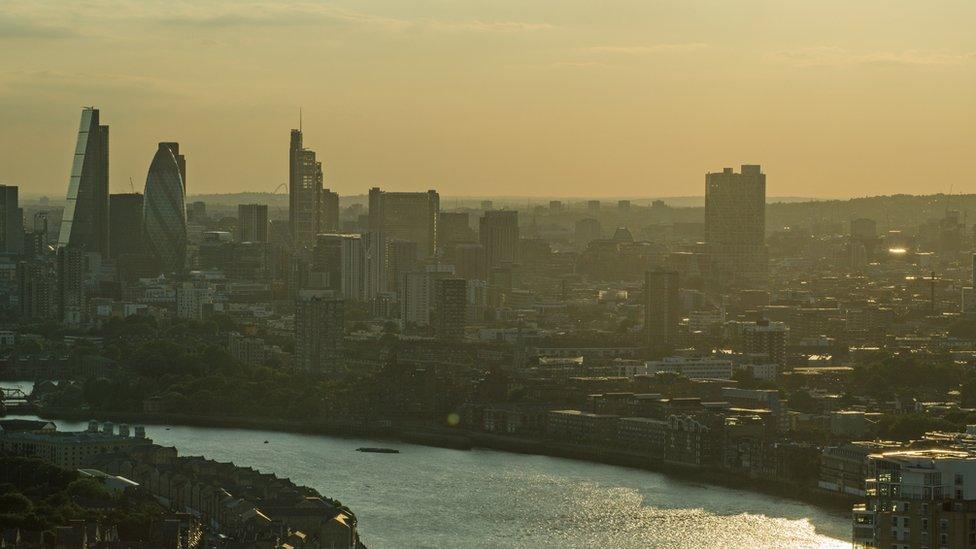
- Published4 April 2017
